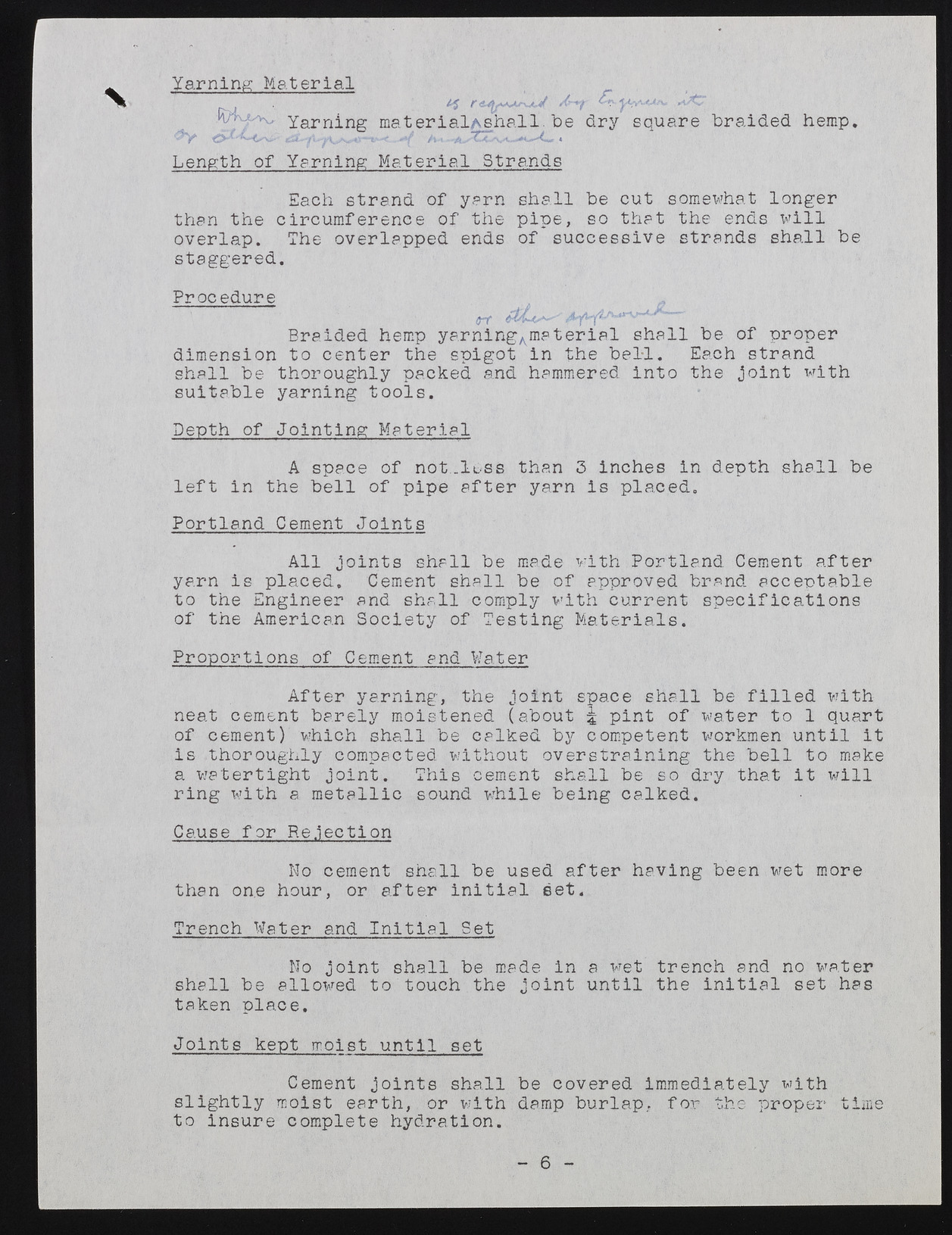Copyright & Fair-use Agreement
UNLV Special Collections provides copies of materials to facilitate private study, scholarship, or research. Material not in the public domain may be used according to fair use of copyrighted materials as defined by copyright law. Please cite us.
Please note that UNLV may not own the copyright to these materials and cannot provide permission to publish or distribute materials when UNLV is not the copyright holder. The user is solely responsible for determining the copyright status of materials and obtaining permission to use material from the copyright holder and for determining whether any permissions relating to any other rights are necessary for the intended use, and for obtaining all required permissions beyond that allowed by fair use.
Read more about our reproduction and use policy.
I agree.Information
Digital ID
Permalink
Details
More Info
Rights
Digital Provenance
Publisher
Transcription
Yarning Material X Yarning materialAshall.be dry square braided hemp. Length of Yarning Material Strands Each strand of yarn shall be cut somewhat longer than the circumference of the pipe, so that the ends will overlap. The overlapped ends of successive strands shall be staggered. Procedure trt Braided hemp ys.rningAma terial shall be of proper dimension to center the spigot In the bell. Each strand shall be thoroughly packed and hammered into the joint with suitable yarning tools. Depth of Jointing Material A space of not.l^ss than 3 inches in depth shall be left in the bell of pipe after yarn is placed. Portland Cement Joints All joints shall be made with Portland Cement after yarn is placed. Cement shall be of approved brand acceptable to the Engineer and shall comply with current specifications of the American Society of Testing Materials. Proportions of Cement and Water After yarning, the joint space shall be filled with neat cement barely moistened (about 5 pint of water to 1 quart of cement) which shall be calked by competent workmen until it is thoroughly compacted without overstraining the bell to make a wetertight joint. This cement shall be so dry that it will ring with a metallic sound while being calked. Cause for Rejection No cement shall be used after having been vret more than one hour, or after initial set. Trench Water and Initial Set No joint shall be made in a wet trench and no water shall be allowed to touch the joint until the initial set has taken place. Joints kept moist until set Cement joints shall be covered immediately with slightly moist earth, or with damp burlap, for the propei* time to insure complete hydration. 6

